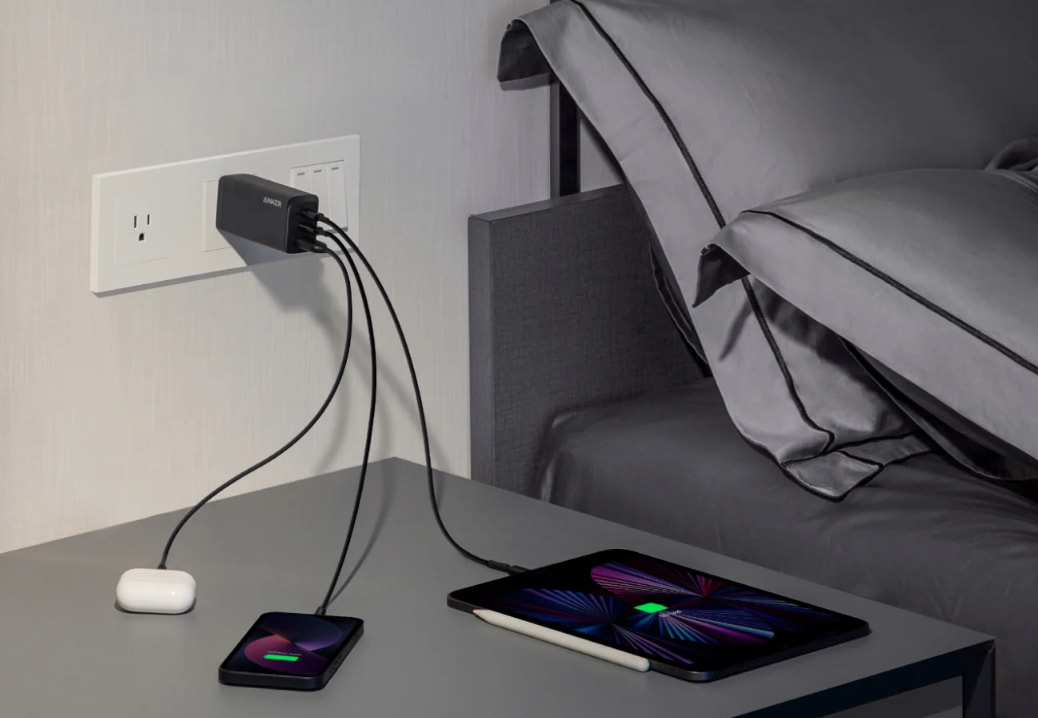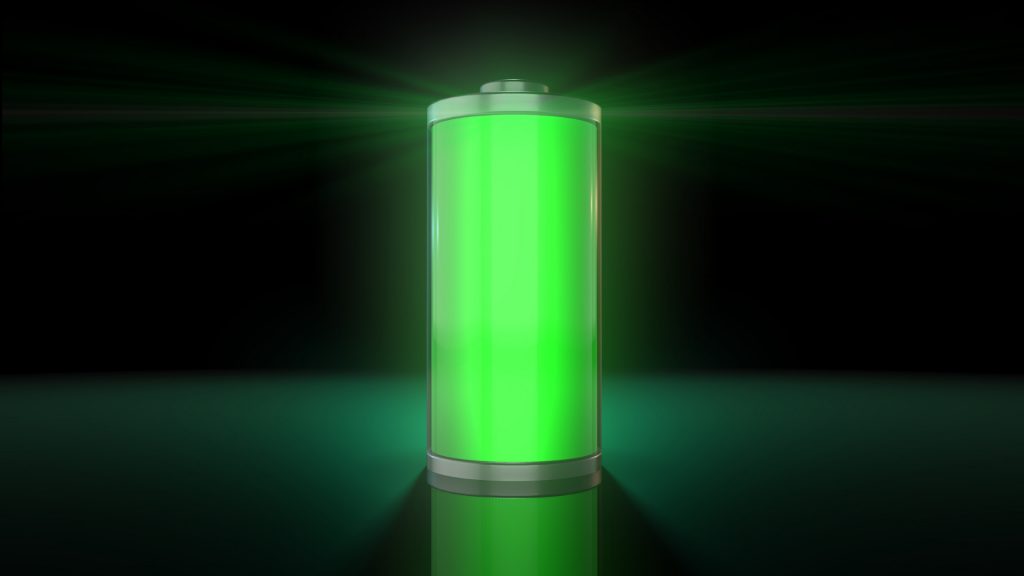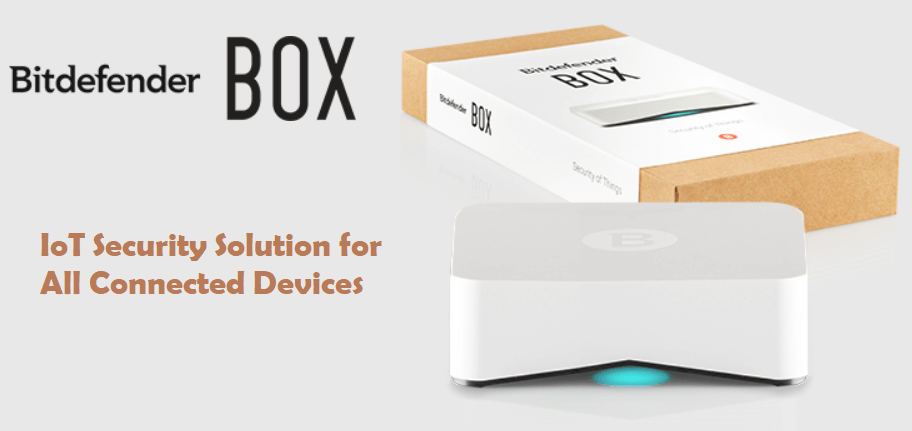All data loggers have a few functions in common. They consist of three key components:
- A sensor, which detects ambient conditions.
- A microprocessor, a tiny computer which turns the sensor’s input into readable data.
- A storage drive, which stores timestamped records of the data that the microprocessor generates from the sensor’s input.
There are, however, different types of data loggers, mostly based on the type of information the sensor is designed to record. Some data loggers even consist of a generic microprocessor/storage unit to which the desired sensor can be inserted as a modular, replaceable attachment.
Here are the major types of data logger sensors and how they are used.

Temperature
A temperature data logger equips its sensor with an electronic thermometer to record ambient temperature at set intervals of time. Some climatology and agricultural data loggers pair a temperature logger with a humidity logger. According to Caltech, temperature is the measure of heat energy present in a substance, usually due to the speed of molecular vibration.
Temperature is usually measured in degrees: Celsius, a metric unit where 0 is the freezing point of water at sea level; Fahrenheit, a system of temperature where 0 is the stable temperature of a combination of water, ice, and several salts; and Kelvin, a system where 0 is the coldest temperature attainable in nature (“absolute zero”).
The electronic thermometer in the sensor can take several forms:
- Thermocouple, formed from the juncture of two dissimilar conductors. Depending on the temperature, the voltage between the two conductors will vary, allowing the microprocessor to interpret the voltage as a temperature.
- Thermistor, a type of resistor that varies in its impedance based on the ambient temperature. By noting this resistance, the microprocessor can deduce the ambient temperature.
The sensor can be mounted to the data logger in one of two ways:
- As an internal component,which makes the data logger compact and durable. According to the compliance experts at Dickson, a compact data logger is useful when dealing with a highly confined space. The downside is that a high-heat environment could damage the other components of the data logger, including the microprocessor, storage drive, and battery.
- As an external probe, ideal when you need to record temperature in environments hot enough or cold enough to damage the components of the data logger. The probe can be inserted into the environment to be monitored, while the battery and electronics can be stored at a distance in more favorable temperatures.
How Temperature Data Loggers are Used
Temperature-sensitive data loggers have many important applications, including:
- Agriculture: Monitoring air or soil temperature to predict crop health and requirements.
- Ecology: Assessing the health of aquatic habitats like rivers, streams, and aquariums.
- Food Safety: Verifying the cold-storage of perishable foods or the effectiveness of heat-based sterilization techniques like pasteurization.
- Manufacturing: Ensuring equipment does not overheat and materials are kept at the proper temperature.
- Health Care: Maintaining cold storage of biological materials and safe temperatures for patients and lab work.
Pressure
With the right sensor, a data logger can measure the pressure of an environment by turning that pressure reading into an analog electrical signal that a microprocessor can interpret. This can include gas pressure, fluid pressure, or the strain placed on a solid. Pressure is defined as a force applied over a specific area.
Pressure is usually measured in one of several units:
- Pascals, a metric unit equal to one newton of force per cubic meter.
- Pounds per square inch.
- Atmospheres, the gas pressure of air at sea level.
Absolute Pressure
A data logger that records absolute pressure records the ambient pressure detectable by the sensor at the assigned interval.
Differential Pressure
A differential pressure data logger can record changes in pressure as they occur, useful if a change in pressure could signify danger.
Tri-axial Shock
Pressure data loggers with built-in accelerometers can detect tri-axial shock, a measure of pressure along three axes.
How Pressure Data Loggers are Used
Pressure-sensitive data loggers have many important applications, including:
- Aviation: Detecting air pressure outside of an aircraft, tank and fuel flow pressure inside the tanks, and strain on aircraft components.
- Manufacturing: Detecting the tank and fuel flow pressure inside machinery and the strain and shock on both materials and machinery.
- Climatology and Meteorology: Tracking atmospheric pressure to predict weather patterns.
- Seismology: Detecting and evaluating earthquakes and other seismic activity, a key use of tri-axial shock loggers.
- Oceanography: Gauging pressure at profound depths of the ocean.
Humidity
Humidity refers to the quantity of water vapor present in air or another gas mixture. There are three primary measurements of humidity.
Specific humidity refers to the mass of water vapor in a unit mass of moist air. Specific humidity is measured in terms of grams of water vapor per kilogram of air. Specific humidity doesn’t change as the temperature or pressure of a unit of air changes, as long as moisture isn’t added to it or removed from it. This is particularly useful in meteorology.
Absolute humidity is another way to measure humidity, reporting the mass of water vapor present in a specific volume of gas, regardless of the mass of the gas contained in that volume. Such humidity would be measured in grams per square meter.
Most humidity sensors, however, detect relative humidity. They do this by incorporating both a moisture detector and a temperature detector. Relative humidity measures the moisture content of the air against the maximum moisture content achievable at the current temperature. Relative humidity is reported as a percentage, or RH%.
How Humidity Data Loggers are Used
Many industries require careful monitoring of humidity levels, including:
- Climatology and Meteorology: Recording both specific and relative atmospheric humidity to predict weather patterns.
- Warehousing: Maintaining levels of humidity that will inhibit the growth of mold and other contaminants on merchandise.
- Health Care and Laboratories: Maintaining levels of humidity that will inhibit the growth of pathogens or contaminants.
- Home Maintenance: Monitoring humidity in attics and basements to prevent the growth of mold and pathogens.
- Pharmacology: Manufacturing and maintaining drugs at a level of humidity where their potency is preserved.
- Agriculture and Greenhousing: Maintaining humidity beneficial for plant health.
Voltage
Voltage is a measure of electrical current over a distance. Many electrical machines require careful voltage monitoring. Surges of excess voltage could damage components, while insufficient voltage could cause malfunctions.
Voltage data loggers may be either single-channel or multi-channel, and they may be calibrated to monitor either AC or DC currents.
How Voltage Data Loggers are Used
A variety of industries must monitor and log the voltage passing through their machines, including:
- Manufacturing.
- Automotive and Aviation.
- Medical Sciences.
- Computing and Tech.
- Energy Industry and Supply.
Conclusion
While every industry is different, certain types of data loggers are key players in many genres of enterprise. Whether you need to measure the soil temperature in your garden or the fuel-flow pressure of a jet engine, the right data logger can get the job done.








